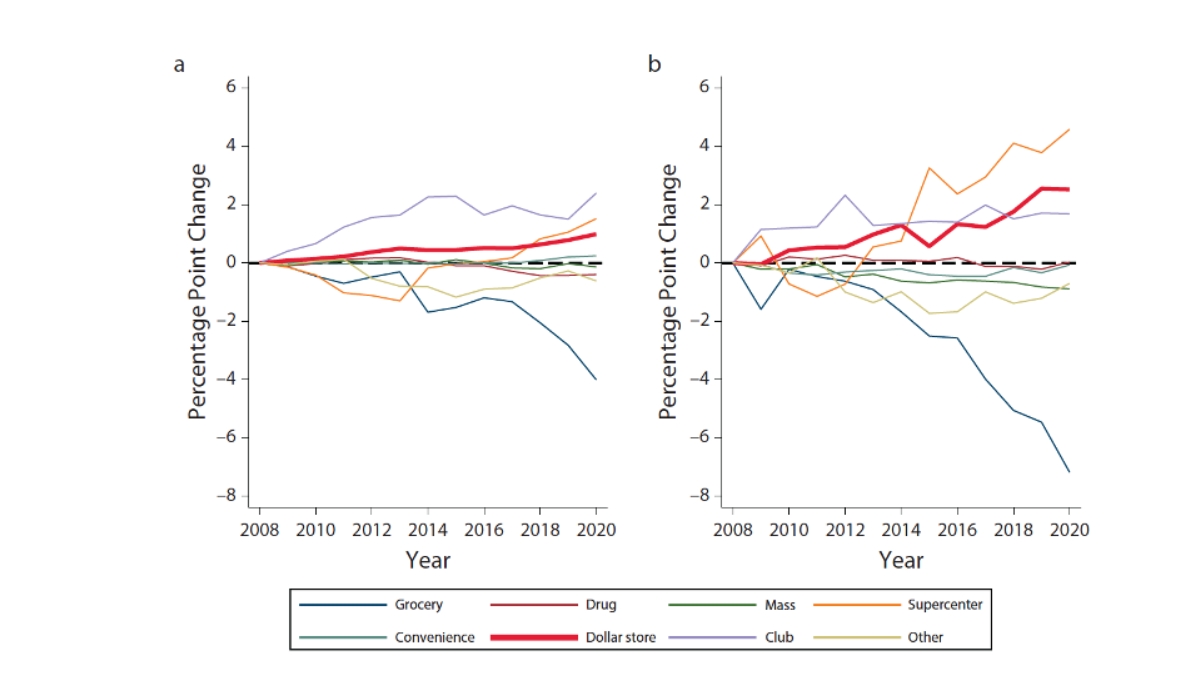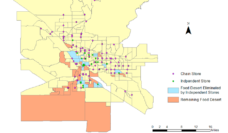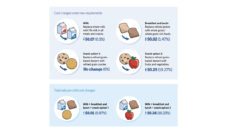Communities from Ohio to Georgia have initiated bans against the same culprit: dollar stores.
You may be surprised to learn that many of these are rural communities. Food retailers are not available as frequently in rural areas, and when they are available, they tend to be smaller and more expensive, with limited options. Combined with unique population limitations in transportation and wages, this leaves rural residents with greater rates of food insecurity. So, why would they turn away any food service businesses?
One concern is that dollar stores do not offer high-grade nutritional options. They rely heavily on processed or nonperishable items, having only recently pledged to expand their fresh produce selection. In addition, critics also point out that these companies’ predatory business tactics target communities that already have few options, leading to subsequent declines in existing community grocery stores and leaving rural areas especially vulnerable to economic disinvestment.
Since the 1990s, grocery stores (which primarily focus on food retail) have declined, replaced by supercenters and dollar stores (which focus on retailing a combination of merchandise). Wenhui Feng and colleagues examined the expansion of dollar stores as food retailers from 2008-2020 to understand how the increased availability of dollar stores impacts food purchases.
They analyzed data on food purchases from 50,000 U.S. households, collected by the Information Resources Inc. (IRI) Consumer Network. Then they mapped their findings using zip codes.
The above figures show changes in household food spending by each store type. Figure A shows all regions across the U.S., and figure B shows rural regions only. By 2020, households spent less at grocery stores across the country. Dollar stores, on the other hand, saw the greatest increases in their share of food purchases: 89.7% nationally and 102.9% in rural areas.
The researchers note that as dollar stores become increasingly prevalent, more research is needed to understand how this impacts the type of food purchased and how diet changes will impact future health.
Regardless, several communities have already begun limiting dollar stores in their areas. By doing so, they aim to reduce perceptions of poverty that are associated with the stores and encourage stores that offer more fresh produce to set up shop.
Databyte via Wenhui Feng, Elina T. Page, and Sean B. Cash. Dollar Stores and Food Access for Rural Households in the United States, 2008‒2020. American Journal of Public Health, 2023.














